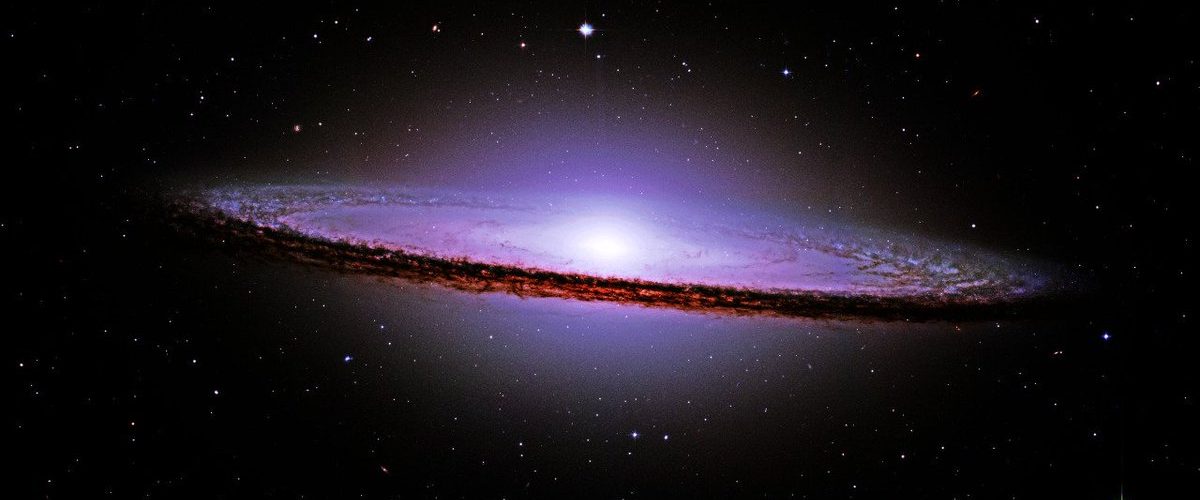Saturn has a mass that is approximately 95 times the mass of the earth. The distance between Saturn and the sun is about 10 times the distance between the sun and earth. What is the force between Neptune and the Sun? The gravitational force between the sun and earth is 3.5 x 1028 N.
This is an accordion element with a series of buttons that open and close related content panels.
Answer
Defining Parameters
Let’s say the mass of Saturn is m1 and the mass of the earth is m2. The distance between Saturn and the sun is r1, and the distance between the earth and the sun is r2. The sun’s mass is M. The gravitational force between the earth and the sun is F2.
Variables
m1 = 95*m2
r1 = 10*r2
F2 = 3.5 x 1028 N
F1 = ?
Applying Newton’s Law
Gravitational force between the earth and the sun:
(i) F2 = GMm2/r22
Gravitational force between Saturn and the sun:
(ii) F1 = GMm1/r12
Substitute
F1 = GM(95m2)/(10r2)2
F1 = (95/102)*(GMm1)/(r12)
F1 = (95/102)*3.5 x 1028 N
F1 = 3.33 x 1028 N
Pluto has an orbital period of 240 years and an average orbital eccentricity of 0.2488. Find the semi-major axis of its orbit.
This is an accordion element with a series of buttons that open and close related content panels.
Answer
Defining Parameters
In this problem, we need to use Kepler’s third law to relate the period T to the semi-major axis a for an object in orbit.

Variables
The mass of the sun, Ms, is 1.99 x 1030 kg.
T = (240 y)(3.156 x 107 s/y) = 7.57 x 109 s
Rearrange and Solve
a3/2 = [(Gms)1/2T]/2π

a = 5.78 x 1012 m
Venus has a mass that is 0.815 times the mass of the earth and a radius that is 0.950 times that of the earth. Compared to the earth’s surface gravity, what is the surface gravity on Venus?
This is an accordion element with a series of buttons that open and close related content panels.
Answer
Defining Parameters
Use Newton’s Law of Universal Gravitation.
Variables
Radius of Venus rv = 0.950Me
Mass of Venus Mv = 0.815Me
Applying Newton’s Law
Fg on the earth = GMe/Re2
Fg on Venus = G*0.950Me/(0.815Me)2 = GMe/1.43Re2
The ratio of surface gravities on the Earth and Venus is therefore 1/1.43. The surface gravity of Venus is 0.70 times as much as the surface gravity of the earth.
Uranus has 27 moons. The innermost moon, Miranda, has an average orbital period of 1.413 days and a radius of 235 km. Another moon, Ariel, orbits with an average radius of 360 km. What is the predicted orbital period of Ariel?
This is an accordion element with a series of buttons that open and close related content panels.
Answer
Defining Parameters
This question requires Kepler’s third law of planetary motion.
Variables
Radius of Miranda rm = 235 km
Period of Miranda rT = 1.413 days
Radius of Ariel rA = 360 km
Period of Ariel rT = ?
Applying Kepler’s Law
(TM/TA)2 = (rM/rA)3
(1.413 days/TA)2 = (2.35 x 105 m / 3.60 x 105 m)3
(1.413 days/TA)2 = 0.278
TA = 2.68 days
